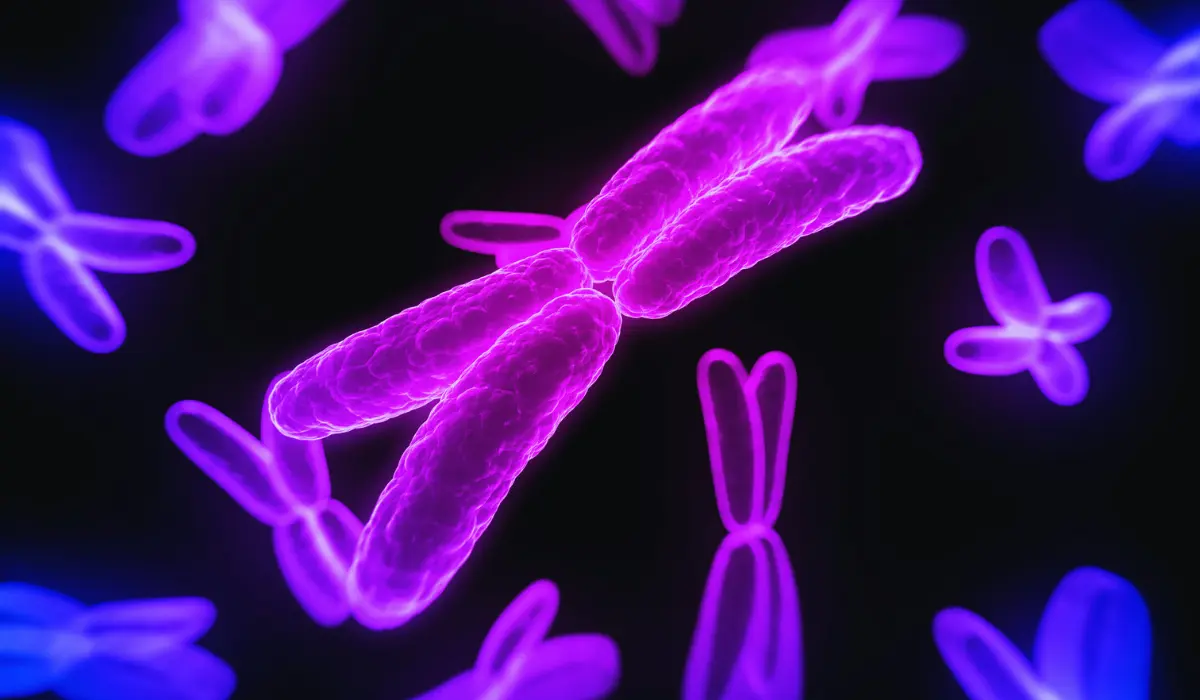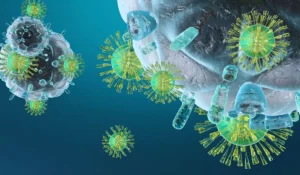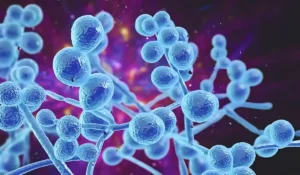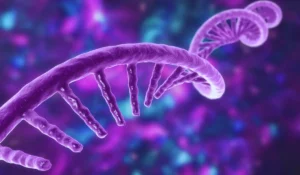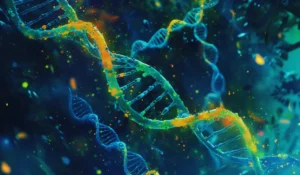What is Klinefelter Syndrome?
Klinefelter Syndrome is referred to as a chromosomal abnormality in which a male with XY genotype inherits at the minimum or sometimes more than one extra X-chromosome. The term Klinefelter’s syndrome is named after Dr. Harry Klinefelter who first identified the syndrome.
When you have an additional X chromosome, the testicular cells produce fewer testosterone and what is testosterone? It is a hormone which is in charge of the primary and secondary sex features of an individual like development of sex organs and height, body shape respectively.
What happens in puberty is hypothalamus, in both males and females, begin to produce more gonadotropin releasing hormone which further stimulates anterior pituitary gland to secrete both luteinizing and follicle-stimulating hormones. In males, luteinizing hormone acts on Leydig cells and follicle-stimulating hormone acts on Sertoli cells.
Within the testes, Leydig cells are present in the interstitium and when luteinizing hormones act on Leydig cells, cholesterol is converted to testosterone. This testosterone together with follicle-stimulating hormones prompt Sertoli cells present in the seminiferous tubules of testes to generate more sperms.
Now, for maintaining homeostasis or balance, testosterone diminishes gonadotropin releasing hormone and luteinizing hormone while Sertoli cells liberate inhibin hormone that inhibits the release of follicle-stimulating hormone.
However, in Klinefelter syndrome, the above-mentioned hormone homeostasis is altered as the additional X-chromosome disturbs the standard function of Sertoli and Leydig cells.
It means from puberty till throughout the life, neither Sertoli liberate Inhibin nor Leydig cells generate testosterone resulting in the increased levels of luteinizing and follicle stimulating hormones.
Not only lowered testosterone levels put down maturation of testes and production of sperms as well as formation of secondary male features, but also this additional X-chromosome shoots up the estrogen to testosterone ratio, all of which makes the changes more obvious.
How does Klinefelter Syndrome arise?
It is developed when either a sperm or an egg carry at the minimum, one additional X-chromosome.
Conventionally, When a parent germ cell goes through the process of meiosis, there is formation of a gamete with 23 chromosomes, which has one sex chromosome X or Y.
That is during the initial stage of meiosis, the germ cell produces a copy of all its chromosomes in such a way that each chromosome pair has sister chromatids at that point.
And in the course of meiosis 1 or first cellular division, the chromosomal pairs are split up and in the course of meiosis 2 or second cellular division, the sister chromatids of each chromosome are splitted to form four gamete cells.
In one Klinefelter syndrome mechanism, there occurs no splitting of sex chromosome pairs in female and male germ cells. To be precise, XX sex chromosome pairs in maternal germ cells do not split, resulting in two female gametes with extra X chromosomes and two female gametes without sex chromosomes.
Similarly, XY sex chromosome pairs in paternal germ cells do not split, resulting in the production of two male gametes with extra X chromosomes and two male gametes without sex chromosomes.
There is also another mechanism of Klinefelter syndrome mechanism, which is commonly seen in maternal germ cells.
Here, the meiosis 1 occurs perfectly; that is chromosome pairs are properly separated, but there won’t be separation of sister chromatids in meiosis 2, resulting in one female gamete with extra X chromosome, 1 gamete without any X chromosomes and two normal gametes having single X chromosome.
In either the case, the end result being, a gamete with an additional X-chromosome!
Therefore, Fertilization of a normal sperm cell with one Y chromosome by an egg cell with an extra X chromosome or fertilization of a normal egg cell with one X chromosome by a sperm cell with both X and Y chromosome, leads to Klinefelter syndrome.
Klinefelter syndrome with more than one extra X chromosome occurs when germ cells fail to split the sex chromosomes during mitosis before gamete generation.
Meiosis in such abnormal germ cells as they give rise to gametes results in other XXXXY, XXXY, and XXYY genotypes, leading to Klinefelter syndrome, that includes rare conditions as well where there is an additional Y-chromosome.
What are the symptoms of Klinefelter Syndrome?
Symptoms become evident around puberty since that is the time when there is a noticeable reduced testosterone level.
People with klinefelter syndrome are tall in appearance with long legs, short torso, widened hips. Other common features include hypogonadism or small testicles and penis, gynecomastia or development of the breast, reduced muscle mass, weaker bones, less facial and body hair, and lower energy levels. They usually are considered sterile, meaning unable to have children
Importantly, they are at risk of breast cancer and osteoporosis which are generally common among women. Lastly, even though people with Klinefelter syndrome live as men, few show atypical gender identities while few show female gender identities.
How is Klinefelter Syndrome diagnosed?
It is diagnosed using a karyotype that pictures each chromosome. Karyotype is performed before birth along with amniocentesis. It is also done after birth along with a blood test.
The karyotype displays the extra X chromosome in Klinefelter syndrome. Low levels of testosterone and increased levels of luteinizing and follicle stimulating hormones observed in the blood test done after puberty is an indicative of Klinefelter syndrome.
What is the treatment for Klinefelter Syndrome?
Therapy is concentrated on the replacement of testosterone through hormone therapy. Infertility treatments can also make reproduction achievable in some cases.
Quick summary
Klinefelter syndrome is a genetic or chromosomal abnormality in which a male with XY genotype inherits at the minimum or sometimes more than one extra X-chromosome.
It results in decreased testosterone levels and increased luteinizing and follicle stimulating hormones, all resulting in male infertility and feminine physical characteristics.
Reference
Encyclopedia of Molecular Mechanisms of Disease by Florian Lang
Encyclopedia of Molecular Biology by Thomas E. Creighton
Rare Diseases: Integrative PPPM Approach as the Medicine of the Future from Springer
